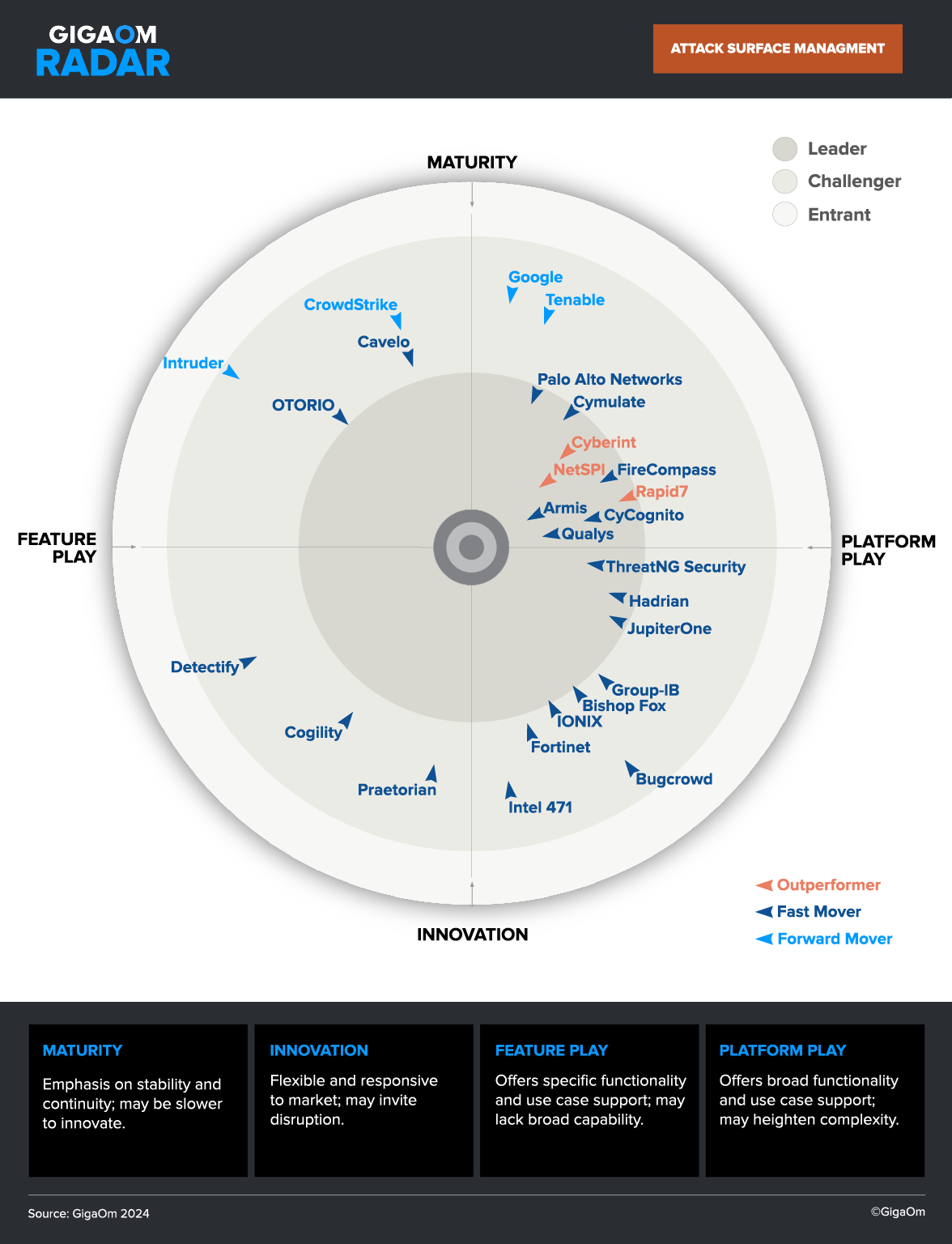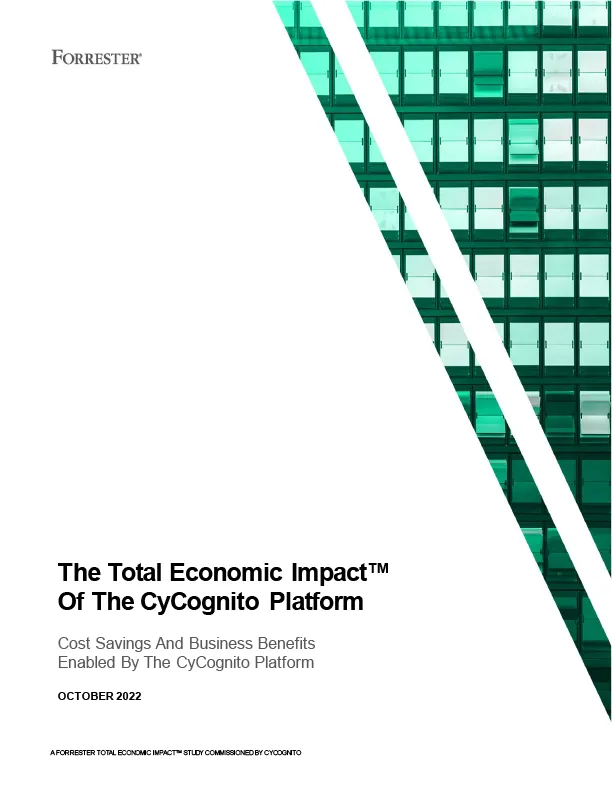Main Types of Digital Risks Addressed by DRP
Cybersecurity Risks
Cybersecurity risks include threats such as data breaches, malware, ransomware, and phishing attacks. These risks can lead to significant financial losses and data exposure. DRP solutions help detect and mitigate these risks by monitoring external digital channels for signs of impending attacks or compromised data.
Additionally, cybersecurity risks encompass vulnerabilities in an organization's digital infrastructure. These vulnerabilities can arise from outdated software, insecure configurations, or human errors. DRP tools aim to identify these weaknesses proactively to prevent attackers from exploiting them.
Data Privacy Risks
Data privacy risks involve unauthorized access, sharing, or exposure of sensitive information such as personal and financial data. These risks can result in regulatory fines, legal battles, and loss of customer trust. DRP solutions identify potential data leaks and unauthorized disclosures across various digital platforms.
Effective DRP strategies include monitoring for leaked credentials, unauthorized data sharing, and ensuring compliance with data protection regulations like GDPR. By addressing data privacy risks, organizations can better protect their sensitive information and comply with legal requirements.
Operational Risks
Operational risks refer to disruptions that affect business operations, such as system outages or cyber-attacks on critical infrastructure. These risks can have a direct impact on financial performance and service delivery. DRP ensures continuous monitoring to detect and respond to such threats promptly.
Investing in DRP tools can help organizations maintain operational resilience by anticipating and mitigating risks that could disrupt their services. This proactive approach minimizes downtime and enhances the reliability of business operations.
Technological Risks
Technological risks involve potential failures or exploits within an organization’s technology stack, including software vulnerabilities, unpatched systems, and outdated technologies. DRP solutions help identify and address these risks by monitoring for known and emerging vulnerabilities in the digital environment.
Mitigating technological risks requires continuous assessment and updating of software and systems. DRP tools provide insights into emerging threats and vulnerabilities, enabling organizations to implement timely patches and updates, ensuring their technology remains secure.
Related content: Read our guide to compromised accounts.

Tips from the Expert
Dima Potekhin
CTO and Co-Founder
Dima Potekhin, CTO and Co-Founder of CyCognito, is an expert in mass-scale data analysis and security. He is an autodidact who has been coding since the age of nine and holds four patents that include processes for large content delivery networks (CDNs) and internet-scale infrastructure.
In my experience, here are tips that can help you better protect your organization through Digital Risk Protection (DRP):
- Leverage intelligence sharing networks: Join industry-specific threat intelligence sharing networks to stay informed about the latest threats and mitigation techniques. This enhances your DRP by leveraging collective knowledge.
- Use honeypots and decoys: Deploy honeypots and decoy assets to attract and analyze threat actors. This can provide valuable insights into attacker tactics, techniques, and procedures (TTPs) and improve your threat detection capabilities.
- Perform regular digital footprint audits: Conduct regular audits of your digital footprint to identify new exposure points and ensure all digital assets are accounted for and monitored. This helps in maintaining a comprehensive view of your risk landscape.
- Automate threat intelligence feeds: Integrate automated threat intelligence feeds with your DRP solutions to ensure they are continuously updated with the latest threat data. This helps in detecting new and emerging threats more efficiently.
- Monitor executive and employee digital presence: Extend your DRP efforts to monitor the digital presence of key executives and employees. Threat actors often target individuals to gain access to organizational assets.
The Key Functions of Digital Risk Protection
1. Digital Footprint Mapping
Digital footprint mapping involves identifying and cataloging an organization's online assets, presence, and exposure points. This process helps organizations understand where they are vulnerable and take steps to secure those areas. DRP tools offer comprehensive mapping of digital assets to provide a clear picture of potential risk areas.
By mapping the digital footprint, organizations can prioritize their security efforts where they are most needed. This function ensures that all aspects of an organization’s online presence are monitored and protected, reducing the risk of unnoticed vulnerabilities.
2. Threat Monitoring
Threat monitoring is the continuous surveillance of digital channels to detect potential threats in real-time. This proactive approach involves scanning the internet for indicators of compromise, such as mentions of the company or its stakeholders on suspicious platforms. DRP tools employ advanced algorithms to identify and alert about these threats.
Continuous threat monitoring enables organizations to react swiftly to emerging risks, mitigating their impact before they escalate. This function is vital for maintaining a proactive defense against digital threats, ensuring the organization's security posture remains robust.
3. Risk Mitigation
Risk mitigation involves developing and implementing strategies to address identified threats. This may include neutralizing malicious content, tightening security measures, or engaging with law enforcement. DRP tools provide actionable intelligence that helps organizations respond effectively to digital threats.
The goal of risk mitigation is to minimize the impact of threats on the organization. By taking immediate and precise actions based on the insights from DRP tools, organizations can safeguard their assets and reduce the potential damage from digital risks.
4. Continuous Protection
Continuous protection involves ongoing efforts to safeguard an organization’s digital assets. This includes regular updates to security protocols, continuous monitoring, and adapting to new threats as they arise. DRP solutions ensure that protection measures are consistently applied and updated.
Organizations must stay vigilant and proactive in their approach to digital security. Continuous improvement and adaptation are essential to maintaining a strong defense against evolving digital threats. DRP tools support this by providing up-to-date intelligence and adaptive security measures.
Digital Risk Protection Use Cases
Here are some of the ways users can protect themselves from account compromise.
VIP and Executive Protection
VIP and executive protection involves monitoring the digital presence of high-profile individuals within the organization to safeguard against targeted attacks. DRP solutions track mentions of executives across social media, forums, and other online platforms to identify potential threats such as doxing, phishing, or impersonation attempts.
Dark Web Monitoring
Dark web monitoring focuses on detecting and mitigating risks originating from hidden parts of the internet where cybercriminal activities are prevalent. DRP tools scan dark web forums and marketplaces for mentions of company assets, employee information, or stolen data. By identifying threats early, organizations can take steps to prevent data breaches.
Brand Protection
Brand protection ensures the integrity and reputation of a company by monitoring for unauthorized use of its brand assets. DRP solutions detect counterfeit products, fraudulent websites, and misuse of trademarks across digital channels. By taking action against these threats, organizations can maintain customer trust and prevent revenue losses associated with brand abuse.
Fraud Protection
Fraud protection aims to detect and prevent online fraud activities that target an organization's customers or financial assets. DRP tools monitor for phishing sites, fake social media profiles, and fraudulent transactions. This proactive approach helps organizations reduce the risk of financial losses and protect their customers from scams and identity theft.
Vulnerability Management
Vulnerability management involves identifying and addressing weaknesses within an organization's digital infrastructure. DRP solutions continuously scan for software vulnerabilities, unpatched systems, and configuration issues that could be exploited by attackers. By prioritizing and mitigating these vulnerabilities, organizations can strengthen their security posture and reduce the likelihood of cyber incidents.
Malicious App Identification
Malicious app identification focuses on detecting and mitigating threats from harmful mobile applications. DRP tools scan app stores and other distribution platforms for malicious apps that mimic legitimate company apps or target the organization’s users. By identifying and reporting these apps, organizations can protect their users from malware and phishing attacks.
Leaked Credentials Monitoring
Leaked credentials monitoring involves tracking the disclosure of usernames, passwords, and other sensitive information on various online platforms. DRP solutions alert organizations when their credentials are found on the dark web or other illicit forums, enabling them to take immediate action to secure accounts and prevent unauthorized access.
Sensitive Data Leakage Monitoring
Sensitive data leakage monitoring aims to detect and mitigate unauthorized exposure of confidential information. DRP tools scan digital channels for leaks involving intellectual property, financial records, and other critical data. By identifying and addressing these leaks promptly, organizations can avoid regulatory penalties, legal consequences, and damage to their reputation.
Supply Chain Risk Protection
Supply chain risk protection involves monitoring the digital presence and security posture of third-party vendors and partners. DRP solutions identify potential risks that could impact the supply chain, such as vulnerabilities in partner systems or data breaches involving third parties. By securing the supply chain, organizations can prevent disruptions caused by third-party incidents.
Conclusion
Digital Risk Protection (DRP) is an essential component of modern cybersecurity strategies, offering organizations the ability to proactively manage and mitigate a wide range of digital threats. By continuously monitoring digital channels, identifying vulnerabilities, and responding to emerging risks, DRP solutions help safeguard critical assets, maintain operational integrity, and protect an organization's reputation in an increasingly complex digital landscape.






 Complimentary Report
Complimentary Report